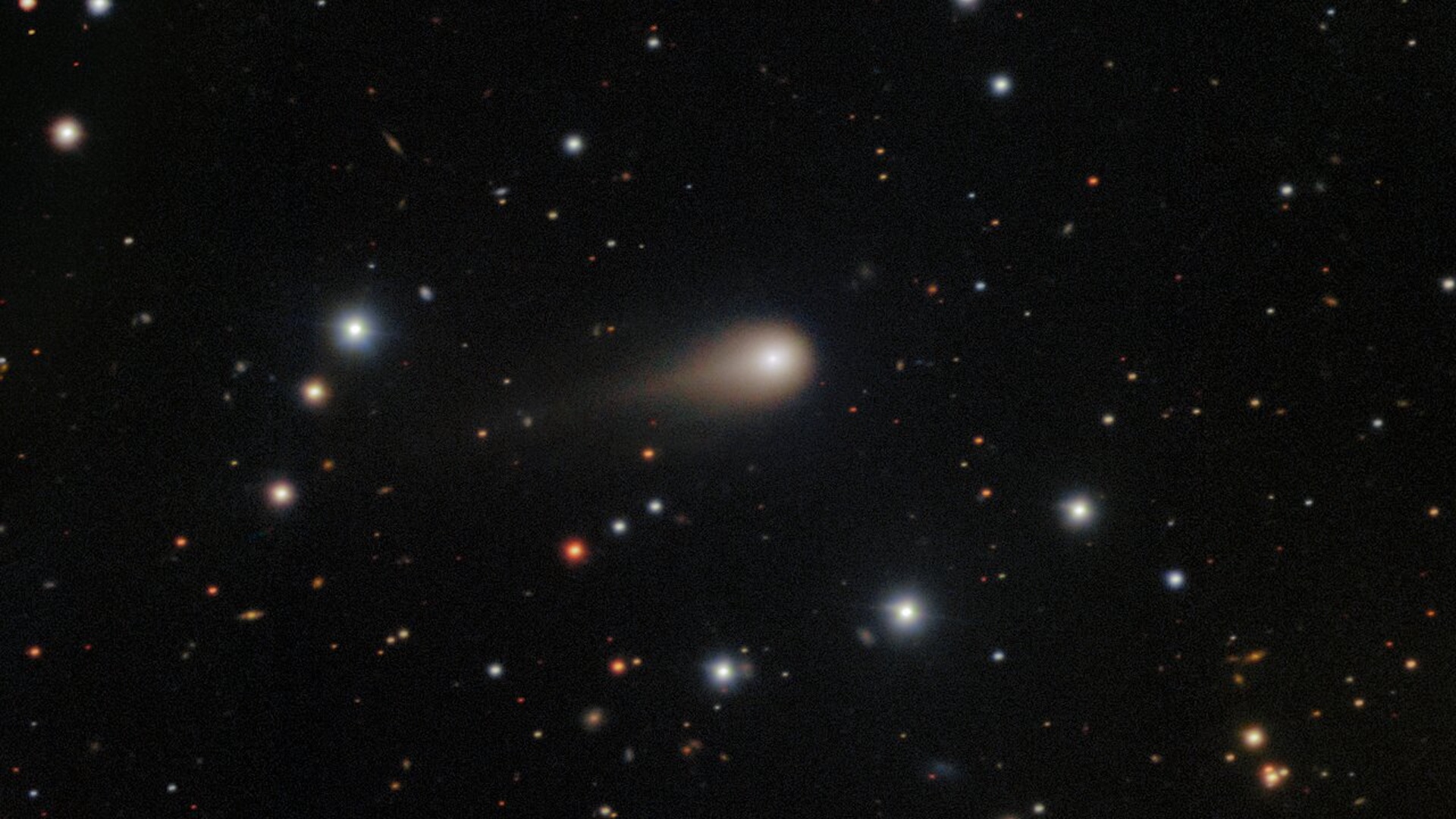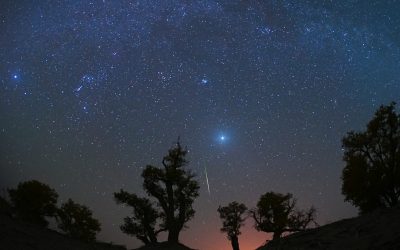A recent study reveals that the interstellar comet 3I/ATLAS began vigorously expelling water, an effect described as “like a fire hose,” while still at a considerable distance from the sun.
Researchers have identified a comet scattering water at an unusually early stage, a discovery that illuminates the distribution of life’s fundamental components across other planetary systems.
Early observations from the James Webb Space Telescope (JWST) have indicated that comet 3I/ATLAS exhibits a high ratio of carbon dioxide (CO2) to water (H2O). A subsequent study, detailed in the September 30 edition of The Astrophysical Journal Letters, delved into the comet’s water activity. This research provided the first definitive evidence that 3I/ATLAS was actively shedding water even while remaining at a considerable distance from the sun.
Detecting water or its ultraviolet signature, OH, on an interstellar comet provides a direct message from another planetary system, according to Dennis Bodewits, a physics professor at Auburn University and co-author of the study. This discovery, Bodewits stated, indicates that the chemical ingredients essential for life’s formation are not unique to our own solar system.
NASA’s Neil Gehrels Swift space observatory has revealed a significant finding: hydroxyl (OH) gas, a key ultraviolet indicator of water, was detected emanating from a comet. This observation occurred when the comet was situated approximately 2.9 astronomical units from the sun, a distance nearly three times greater than Earth’s. This discovery is particularly notable as it places the detection point much farther out in the solar system than the typical region where water ice on passing comets usually sublimates into gas.
Researchers report the comet is ejecting approximately 88 pounds (40 kilograms) of water each second. This substantial flow rate is likened to a fire hose operating at full blast, according to their released statement.
Since its identification in July, comet 3I/ATLAS has been under intense observation by scientists employing a variety of telescopes. Initial findings reveal the icy visitor is streaking through our solar system at speeds surpassing 130,000 mph (210,000 km/h), traveling along an unusually flat and direct trajectory.
The object known as 3I/ATLAS is emerging as potentially the largest interstellar body ever observed, though its precise dimensions remain under scientific scrutiny. Data from the Hubble Space Telescope suggest a maximum width of approximately 3.5 miles (5.6 kilometers). Intriguingly, 3I/ATLAS might also hold the distinction of being the oldest comet discovered to date, with one study positing its formation around 3 billion years before our own 4.6-billion-year-old solar system.
In a new study, researchers utilized observations collected in July and August by the Neil Gehrels Swift Observatory’s ultraviolet and optical telescope. The scientists proposed that the observed ultraviolet hydroxyl signal likely results from sunlight warming small icy grains on the comet’s nucleus, or head, causing them to vaporize into gas.
The identification of 3I/ATLAS marks it as only the third interstellar comet ever documented. Its predecessors include the elongated 1I/’Oumuamua, discovered in 2017, and the pristine 2I/Borisov, found in 2019. The distinct characteristics observed in each of these cosmic travelers suggest a significant diversity in the comet and planet-forming environments present across the universe.
Interstellar comets continue to present astronomers with unexpected characteristics, fundamentally reshaping current understanding of how planets and comets form around stars. Zexi Xing, a postdoctoral researcher at Auburn University and the study’s lead author, noted that each observation has delivered surprises: Oumuamua was unusually dry, Borisov exhibited a high concentration of carbon monoxide, and now comet ATLAS is unexpectedly releasing water at a significant distance. These diverse and unforeseen behaviors, Xing explained, are compelling a reevaluation of established theories on celestial body formation.







